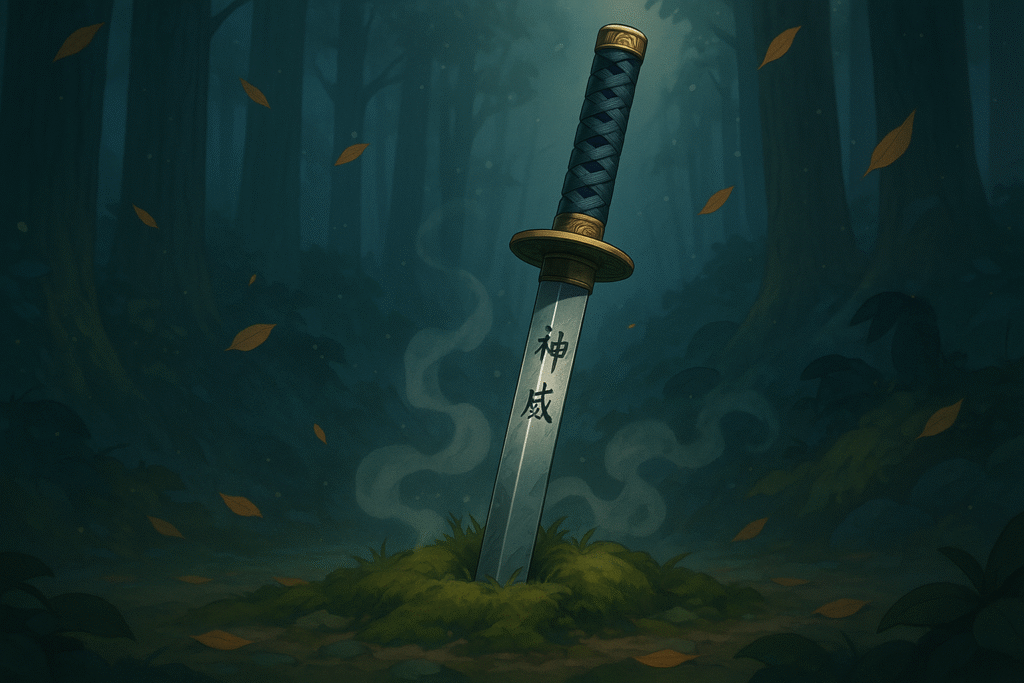Have you ever wondered why Japanese college uniforms have become such iconic symbols in both education and pop culture? From their elite beginnings to today’s diverse styles, these distinctive outfits tell a fascinating story about Japan’s educational journey.
The Fascinating History of Japanese College Uniforms
When we think of Japanese education, the image of students in smartly tailored uniforms often comes to mind. While high school uniforms might be more internationally recognized thanks to anime and manga, Japanese college uniforms have their own rich history and cultural significance that deserves attention.
The Elite Origins of Japanese College Uniforms
The story of Japanese college uniforms begins during the Meiji era (1868-1912), a period of rapid modernization in Japan. Unlike many countries where uniforms are primarily associated with primary and secondary education, Japan extended this tradition to higher education institutions.
The first Japanese school to adopt formal uniforms was Gakushūin, an academy established for Japan’s nobility. In 1879, they introduced a uniform for male students inspired by Japanese naval officers’ attire—complete with caps, high-collared jackets, and trousers. This military-influenced style complemented the institution’s disciplined educational approach.
What’s particularly interesting is that these early Japanese college uniforms weren’t just about standardizing appearance—they were powerful status symbols. During this era, Western clothing was expensive and accessible mainly to the upper class. Wearing such attire distinguished students as members of the elite.
The University Influence
The uniform trend gained significant momentum when Imperial University (the predecessor of today’s University of Tokyo) adopted similar naval-style uniforms for their all-male student body in 1886. As Japan’s most prestigious higher education institution at the time, their fashion choices set standards nationwide.
Soon other top universities followed suit, and the style gradually filtered down to junior and senior high schools across the country. These uniforms broadcast a clear message to society: the wearer was educated, privileged, and destined for success.
Want to explore Japan’s culture?
Discover Japan’s rich culture, traditions, and hidden gems with our expertly crafted guides. Get insider tips on travel, food, and history. All for free!
Female Students and Uniform Evolution
From Hakama to Sailor Suits
While male Japanese college uniforms drew inspiration from military attire, female students’ uniforms followed a different path. Around 1900, as secondary schools for women embraced uniforms, they initially opted for hakama—traditional pleated trousers or skirts worn over kimono.
Hakama became popular among female students for several practical reasons:
- They allowed greater freedom of movement during physical education
- They kept legs modestly covered during exercise
- They maintained a neat appearance throughout the day
Interestingly, hakama also carried associations with the imperial court and Japanese royal family, giving them cultural prestige. Some upper-class female students initially wore them to class as fashion statements before they became standardized as official attire.
By the 1920s, however, Western-style clothing had become increasingly normalized in Japanese society. Many female college students enthusiastically embraced sailor suits, which eventually became the standard uniform style that continues to influence Japanese school attire today.
The Transformation of Japanese College Uniforms
From Elite Symbols to Standard Attire
As Japan modernized throughout the 20th century, Japanese college uniforms underwent a significant transformation in their social meaning. With rising enrollment rates at higher education institutions and the growth of Japan’s textile industry making Western clothing accessible to all social classes, uniforms evolved from elite status symbols to markers of institutional identity.
This shift fundamentally changed what uniforms represented in Japanese society. Rather than highlighting socioeconomic differences, they now served to mask them—creating visual equality among students regardless of background.
Challenges and Adaptations
The late 1960s and early 1970s brought challenges to the uniform tradition as student movements criticized them as symbols of authoritarian education. While some urban institutions abandoned uniforms in response, most maintained their dress codes.
The 1980s saw another evolution as many schools switched from traditional sailor-style uniforms to more contemporary blazer designs. This change increased style diversity while improving the reputation of uniforms as less restrictive and more modern.
Modern Japanese College Uniforms Today
Today, Japanese college uniforms remain prevalent in higher education institutions across the country, though with greater variation and flexibility than in earlier eras. Many universities maintain distinctive uniform styles that immediately identify students’ institutional affiliations.
For students interested in Japanese culture and language, understanding the significance of these uniforms provides valuable cultural context. (Want to learn more about Japanese language and culture? Check out our free guides to learning Japanese for additional resources!)
Why College Uniforms Persist in Japan
Despite their cost and regulations, Japanese college uniforms continue to be standard at many institutions. This persistence can be attributed to several factors:
- Tradition and nostalgia – Many Japanese adults maintain emotional attachments to their school uniforms, which represent formative years and trigger sentimental memories
- Institutional identity – Uniforms create visual cohesion and belonging among students
- Practical considerations – They eliminate daily decisions about what to wear
- Cultural expectations – Uniforms remain deeply embedded in Japanese educational culture
As one Japanese education expert quoted in our research noted: “Japanese college uniforms are primarily about institutional identity rather than restricting student expression.“
The Cultural Impact of Japanese College Uniforms
The influence of Japanese college uniforms extends far beyond educational institutions. They have become significant cultural symbols featured prominently in manga, anime, films, and other media. Their distinctive designs are instantly recognizable worldwide and have contributed to global perceptions of Japanese education and youth culture.
Much like the traditional Japanese fan explored in our previous article, college uniforms represent a blend of practical function and cultural expression that has evolved over generations.
For international students experiencing Japanese university life, wearing these uniforms can provide an authentic connection to centuries of educational tradition. Similarly, as we discussed in our post about anime emotions, uniform designs often play a role in visually communicating character backgrounds and personalities in Japanese media.
The Future of Japanese College Uniforms
As Japanese society continues to evolve, so too do perspectives on Japanese college uniforms. Contemporary discussions include:
- Gender considerations – Many institutions are exploring gender-neutral uniform options
- Individual expression – Finding balance between institutional identity and personal expression
- Practicality and cost – Addressing the financial burden uniforms place on families
- Tradition versus innovation – Preserving heritage while adapting to modern expectations
FAQ: Japanese College Uniforms
Are uniforms required at all Japanese colleges and universities?
No, not all Japanese higher education institutions require uniforms. While uniforms remain common at many traditional universities and junior colleges, some modern institutions have moved away from mandatory dress codes. Approximately 50% of Japanese universities maintain some form of uniform policy today.
How much do typical Japanese college uniforms cost?
A complete set of Japanese college uniforms typically costs between 30,000 to 80,000 yen (approximately $200-$550 USD), depending on the institution and quality. This usually includes summer and winter variations of the uniform.
Do Japanese college uniforms differ by major or department?
At some universities, yes. Certain prestigious institutions have different uniform designs based on faculty department, creating visual distinctions between, for example, law students and engineering students.
How do Japanese college students personalize their uniforms?
Despite regulations, students often find subtle ways to express individuality through accessories, hairstyles, makeup, bag choices, and minor uniform alterations like adjusted hemlines or personalized buttons.
Have Japanese college uniforms influenced fashion trends?
Absolutely! Elements of Japanese college uniforms regularly appear in both Japanese and international fashion collections. The clean lines, structured silhouettes, and distinctive details of these uniforms have inspired numerous designers and street fashion trends.
Whether you view them as charming traditions or outdated requirements, Japanese college uniforms remain an integral part of Japan’s educational landscape and cultural identity. They embody the tension between conformity and individuality that characterizes many aspects of Japanese society, making them fascinating subjects for cultural study.
If you enjoyed this exploration of Japanese college uniforms, you might also appreciate our articles on winter haiku and the Kappa urban legend, which similarly examine distinctive elements of Japanese cultural heritage.
Have you experienced wearing a Japanese school or college uniform? Share your thoughts in the comments below!
Love Japan? Stay in the Loop!
Get the best of Japan straight to your inbox: language, culture & travel insights!




